Three years ago, when Comet Lake processors came out – the very last of several Skylake architecture refreshes produced in the troubled 14nm era – Intel tried to boost it with cryogenic cooling technology, or rather cooling with an auxiliary thermoelectric element that lowered the temperature of the “coldplate”, cooling the processor below the ambient temperature. This technology is now yet another activity that Intel has cut back on. Read more “Intel discontinues Cryo Cooling Technology, ends the app updates”
Tag: cooling
Alphacool has steel blackplates. Higher pressure, higher durability
Finally, someone brings up the topic of metal backplates for liquid AIO coolers. There is an ingrained belief among manufacturers that plastic backplates are sufficient for liquid coolers. They are not enough though, for a number of reasons. It is therefore good news that Alphacool is releasing steel backplates as optional accessories for multiple coolers. And if you own any of the supported coolers, you can request one – free of charge. Read more “Alphacool has steel blackplates. Higher pressure, higher durability”
Akasa metal filter beat the “plastics” in tests by a good chunk
We have tested a dust filter that combines the best features of plastic and nylon filters. It has high mechanical resistance, is easy to clean and yet also has low restrictiveness, so it does not significantly change the sound of the fan and does not increase its noise level. Compared to plastic filters, it does not even “hiss”. This addition thus extends the database of results with the latest type of dust filter, one with a metal grille. Read more “Akasa metal filter beat the “plastics” in tests by a good chunk”
We tried a DIY silon dust filter instead of traditional nylon. Result?
Socks, stockings or tights made of silon also attract uses other than on our legs. Enthusiasts can use the material to make, for example, a dust filter for a PC fan. It’s effectiveness then depends on the thickness of the silon fibre. However, tests show that whatever type you use, it is a rather unsuitable solution. And it’s also difficult for robbers who don’t worry too much about the mask and just need a visit to the drugstore before the job. Read more “We tried a DIY silon dust filter instead of traditional nylon. Result?”
The Akasa GRM120-30 foam filter works better than it seems
After analyzing the nylon and plastic dust filter, we now add a test of the “foam” dust filter. The latter has a slightly more complex construction. It consists of several parts and is kind of like a jigsaw puzzle, the elements of which even improve the aerodynamics in some ways. We go through everything in detail, and although we approached this type of filter with a bit of a bias, it comes out in a good light in the end. Is a foam dust filter better than a nylon one? Read more “The Akasa GRM120-30 foam filter works better than it seems”
Analysis: a hexagonal grille is no match for a circular one, in any way
Why do cases and PSUs almost always have impractical cut-outs in the grille in front of fans for air passage? Whether this is due to indifference to an all-round honest product or ignorance of how inefficient a solution it is, remains a mystery. But we have devised a comparative test which refers to drawbacks of the hexagonal grille. Compared to the non-restrictive circular ones made of wires, the differences are significant. Read more “Analysis: a hexagonal grille is no match for a circular one, in any way”
Test: Nylon vs. plastic dust filter. Which restricts fans less?
The vast majority of computers use two types of dust filters – a fine nylon one and a coarser plastic one. The fact that the plastic filter lets more through and is less efficient in this respect is already apparent from the eye, as it has a coarser mesh. But do you know which one degrades the performance of the fan more and by how much? One even “wheezes”, which is nicely indicated by a detailed noise analysis at 240 sound frequencies. Read more “Test: Nylon vs. plastic dust filter. Which restricts fans less?”
Complete analysis of the final wind tunnel for fan testing
The introduction to this article has been rewritten several times. The original versions resorted to describing the adverse events that caused the long-announced fan testing to be so dramatically delayed. But the text was always dreadfully boring… the important thing is that everything managed to make it to the start. But before the starting gun, come take a thorough walk around the track where the measurements will take place. Read more “Complete analysis of the final wind tunnel for fan testing”
What’s the best position for your M.2 SSD?
Graphics card can significantly contribute to cooling of SSD that are installed next to it. However, there’s a very thin line between helping and limiting. Let’s see when your graphics card can be a saviour for your SSD and when it’s an oppressor. As a bonus, we compared the cooling performance with and without the criticised MSI M.2 shield. Read more “What’s the best position for your M.2 SSD?”
Ryzen iGPU and the return of thermal compounds
AMD has released the first Ryzen desktop processors with iGPU this week. APU Ryzen 5 2400G and Ryzen 3 2200G could be attractive for compact computers because it’s easier to cool a single heat source than to cool both CPU and GPU, and the integrated graphics cards of these processors should have performance equal to GeForce GT 1030. However, it also means that the old enemy has returned, thermal compounds. Read more “Ryzen iGPU and the return of thermal compounds”
Fans that are even smaller and faster: 16 500 rpm for M.2 SSD
Efficient and quiet cooling in combination with small fans is usually just a utopic wish. But it looks like that they don’t give up easy. We just discussed Evga board with two 30mm fans which are supposed to cool the power supply circuit, and here appears another similar case – M.2 SSD active cooling. Read more “Fans that are even smaller and faster: 16 500 rpm for M.2 SSD”
A high-end board from Evga has three fans
Several years ago, small coolers with 40mm fans were quite common for chipsets instead of heatsinks. Often so noisy that modding was practically necessary. After a couple of years, this trend was fortunately defeated, but recently, rotors with blades are back on high-end boards. Evga presented X299 Dark which even stands out: it has three fans. Read more “A high-end board from Evga has three fans”
Fans have conquered the land of users
Active cooling – commonly known as fans – is the eternal enemy of silence, but still a necessity if your computer is to perform properly. It looks like fans, and literally cooling, moved from hardware to a furniture area. Companies producing various game accessories have already started to sell gaming chairs (formerly called office chairs), and one of them now even has its “active cooling”. Read more “Fans have conquered the land of users”
New means to cool 1000 W of heat
PC coolers have made a big progress over past ten years. But chips that are meant to be cooled also “improved” – TDP grows and temperatures are worsened by compounds under heatspreaders. The good news is that cooling these “hungry“ chips is a problem for the entire industry, so research teams of universities are trying to find a solution. Read more “New means to cool 1000 W of heat”
With X299, temperatures and cooling will be really important
During the recent years, TDP of processors have been declining, 65 W chips have become mainstream, and the things we write about have become a little less important. But this week’s reveal of extreme Intel processors indicates that the competition is now pushing the manufacturers back to straining the hardware to the edge and making things probably much more hot than cold. Read more “With X299, temperatures and cooling will be really important”




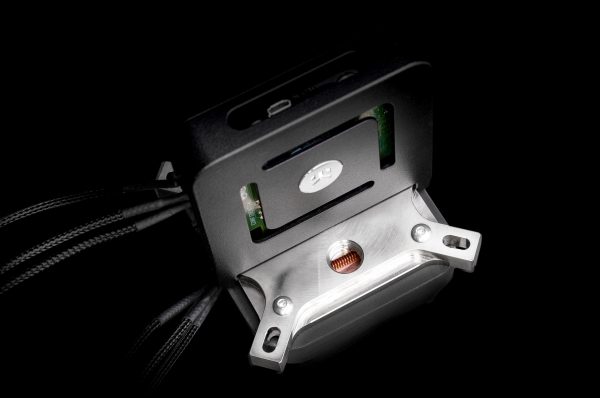
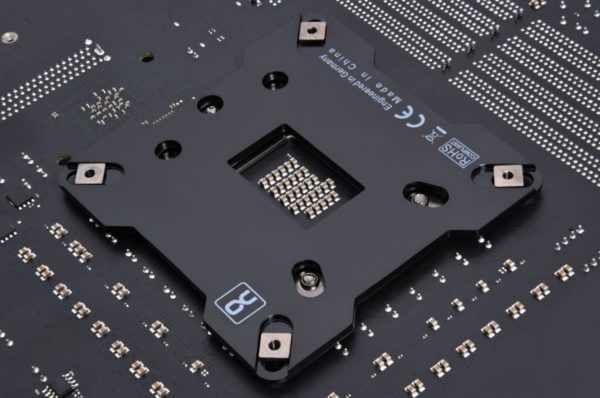
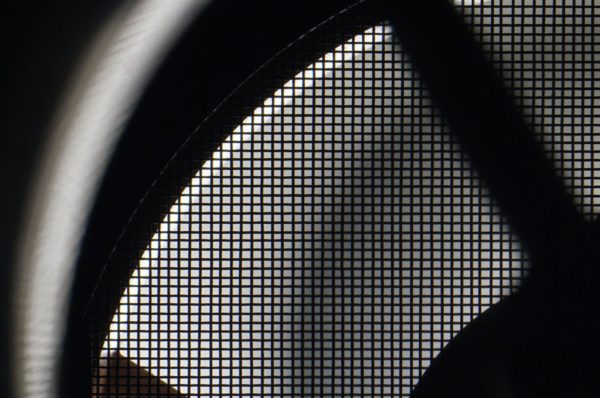

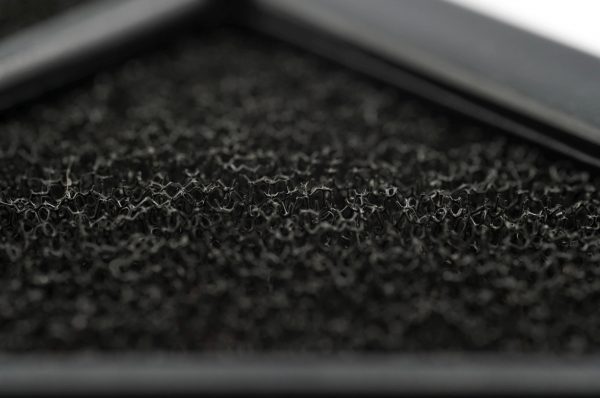
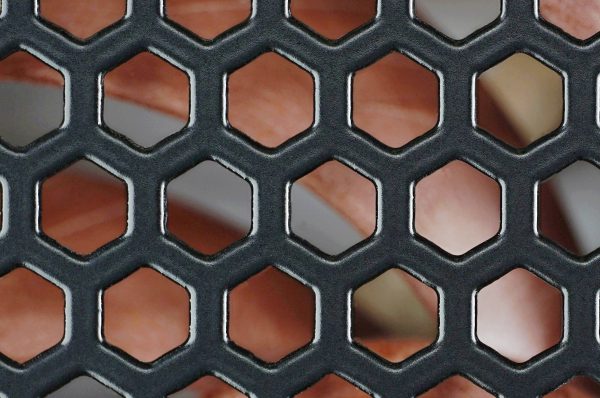
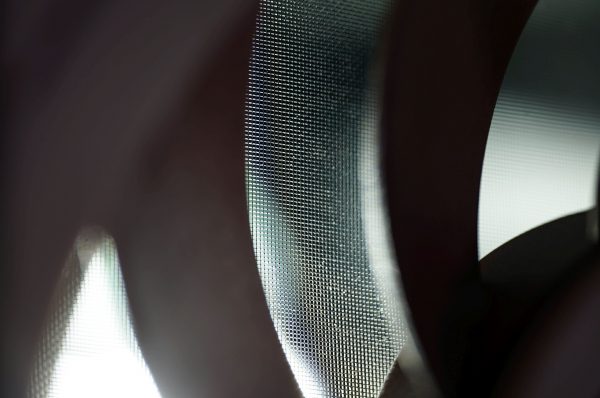
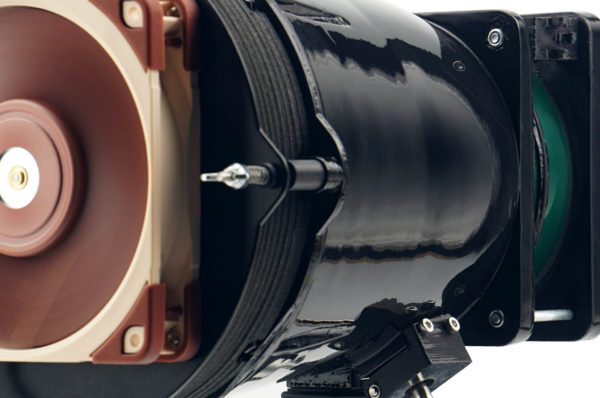
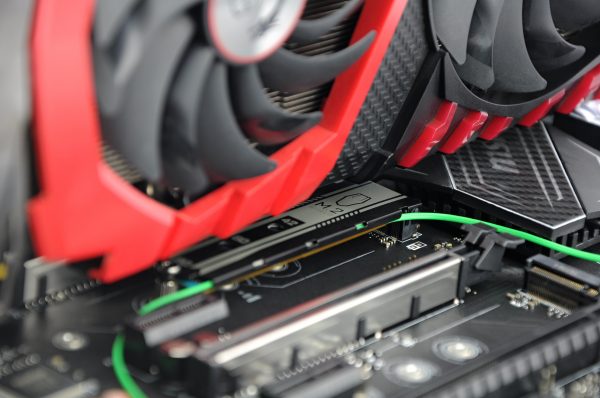
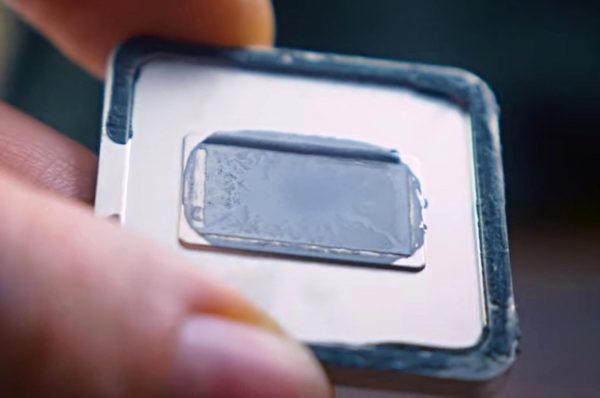
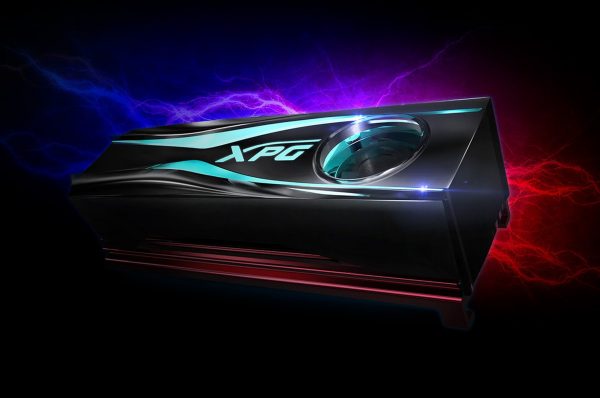
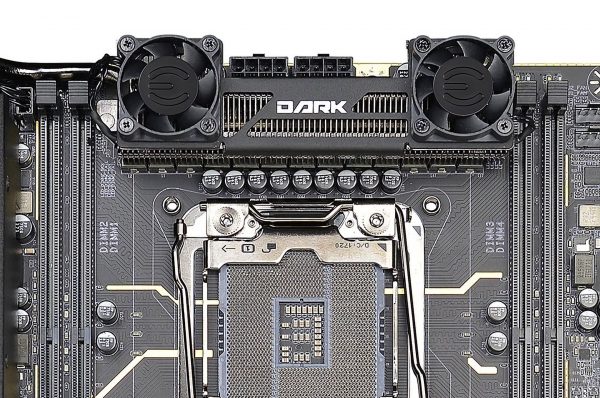
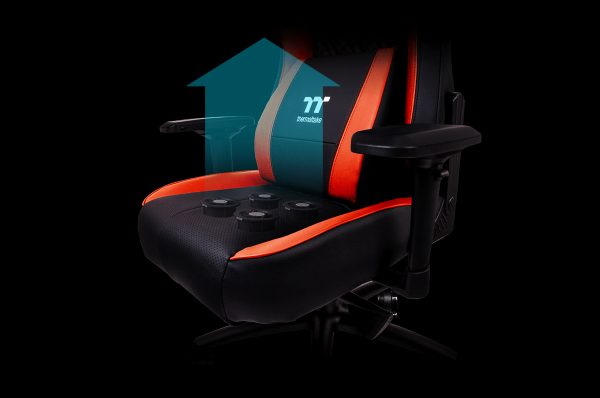
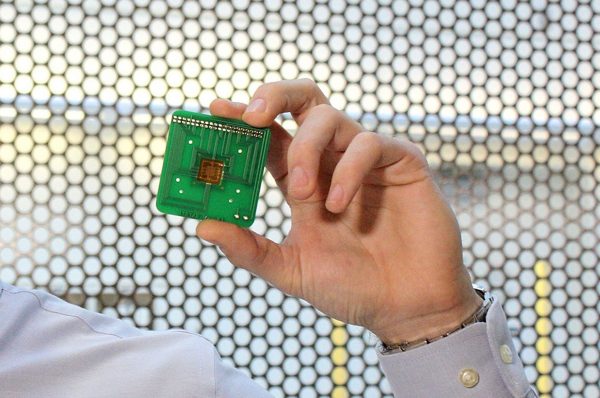
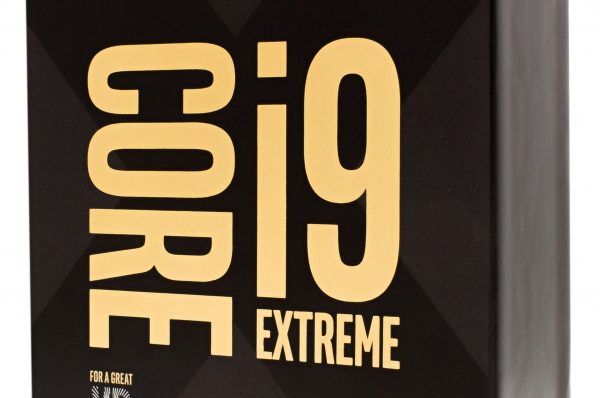



Latest comments